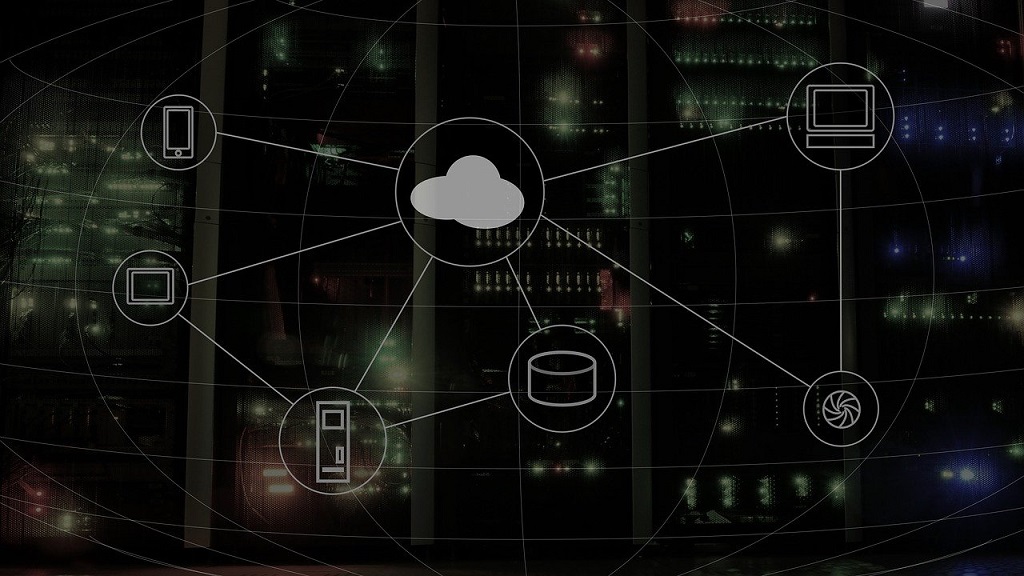
In September 2011, The National Institute for Standard and Technology (NIST) created Special Publication (SP) 500-292, “NIST Cloud Computing Reference Architecture,” to establish a baseline cloud computing architecture. NIST SP 500-292 defines services and relationships between cloud service providers, consumers, and other stakeholders.







